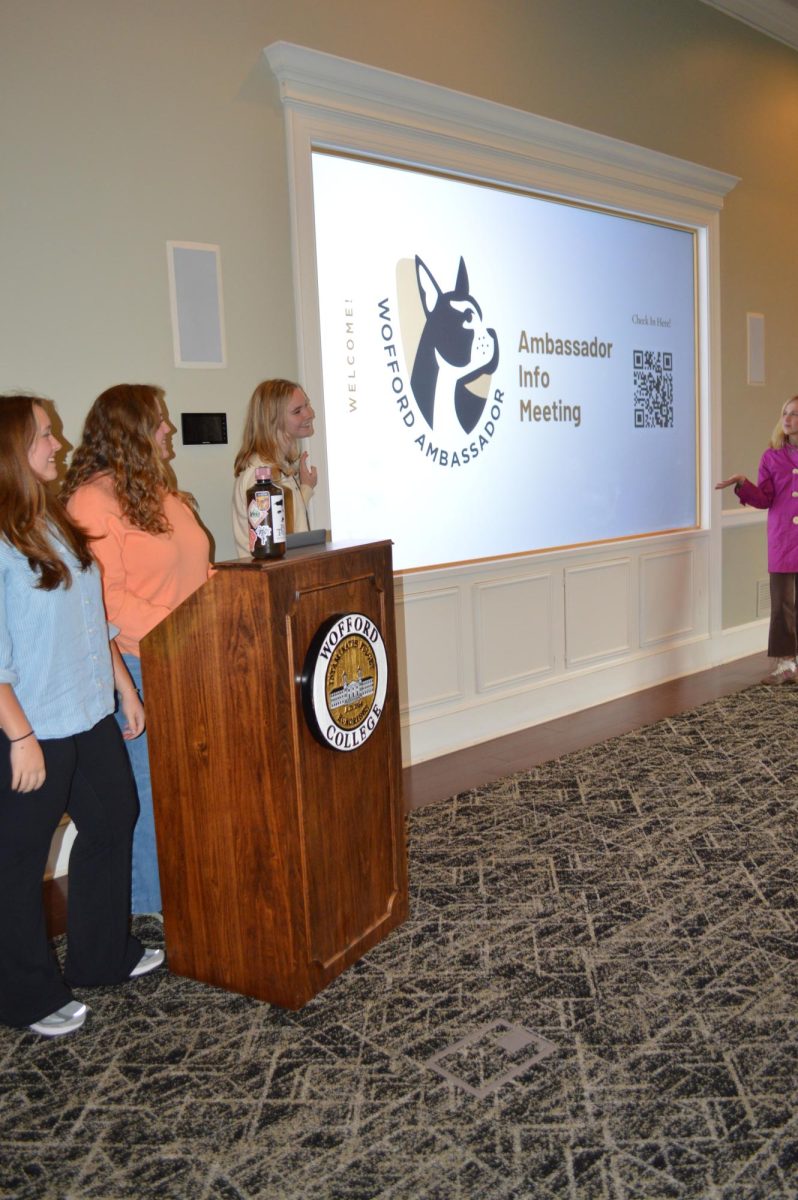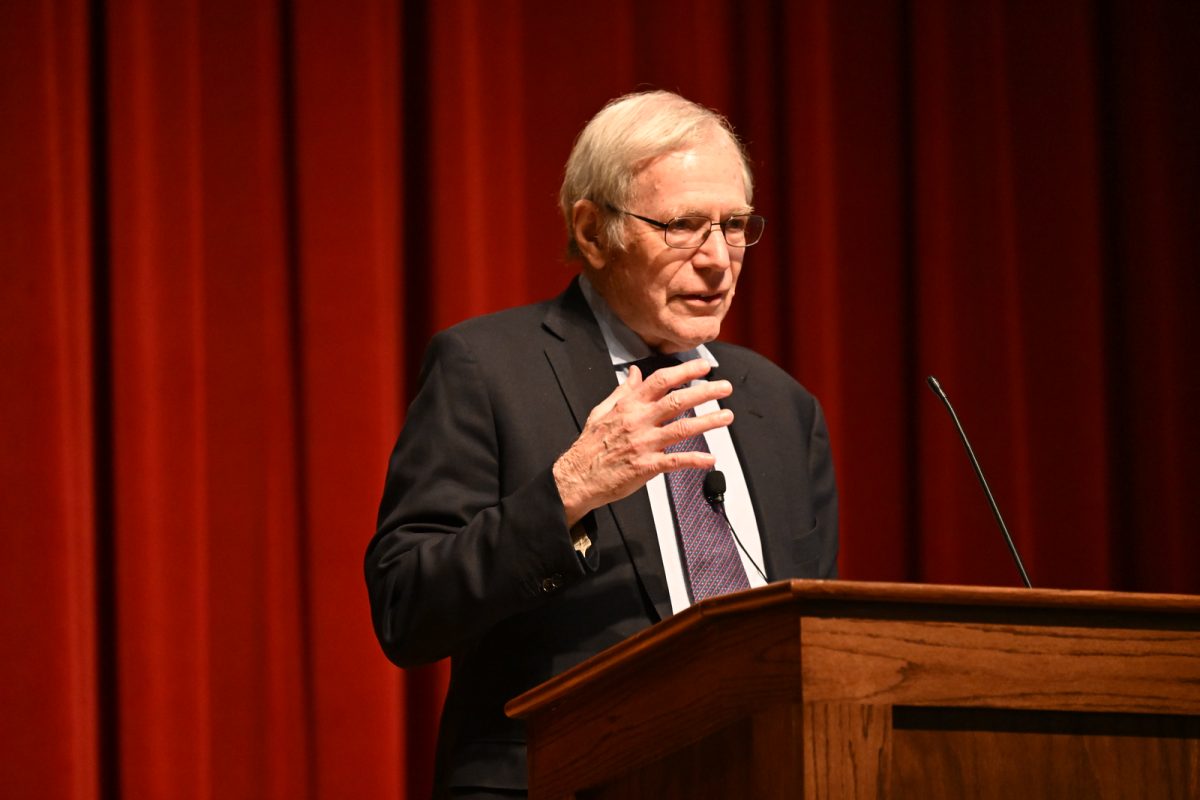LGBT+ History Month in context
Imagine explaining to Benjamin Wofford that the rainbow shone across Old Main last week was not in refer- ence to Genesis 9, but rather a sect of sodomites, as he would surely see it, called the LGBT+ community.
As the college makes visible efforts to improve inclusivity at Wofford, it becomes increasingly important to focus on the exclusivity that the rainbow lights do not reach. In the darkness behind closed locker room doors, pulled blinds of residence halls and shut Greek Village garage doors, we’ve all heard one make a mockery of a member of the LGBT+ community. Slurs like, “faggot,” “tranny” and “dyke” rolling off of the tongue as effortlessly as “yes ma’am,” when in the dark.
And it is this cozy darkness that perpetuates the LGBT-phobia that causes members of the Wofford community to remain enshrouded in a darkness of their own, living in fear of exposure—“the closet.”
Unlike other minorities, most of the LGBT+ community can hide the part of their identity that sets them apart, if they find it necessary. While this sometimes allows one to remain safe in an unwelcoming environment, it also produces internal strife and trauma when confronted by homophobia. If a closeted student-athlete hears ‘faggot’ in the locker room, their struggle remains internalized and suddenly the closet is a survival mechanism.
This homophobia even affects straight people who do not conform to heteronormativity. At Wofford, and in much of the world, you’re gay by association to gay people or by fulfilling antiquated stereotypes. One’s best form of defense against this assumption is assimilation; cross your legs like this, drink beer not hard seltzers and reject those moody and soft humanities.
So where does Wofford stand in the LGBT+ History of higher education institutions? What stories does the college have to tell? What did the past look like, when the present was unimaginable?
This month, as LGBT+ activists Marsha P. Johnson and Harvey Milk have popped up across my social media, I’ve come to realize something: At Wofford, and other places like it, there is no LGBT+ history, there is only darkness. Those who lived in it, those who live outside of it and their secret stories. No documentation of the “Oscar Wilde” types even exists, yet undoubtedly transpired at a school that was exclusively male for over 100 years.
Right now, the rainbow lights do not shine in the dark corners and cannot permeate the walls of every dorm, despite how thin they may be. Right now, a pride flag cannot be hanged as liberally as a ‘don’t tread on me’ flag and a rainbow chest patch be donned as boastfully as a girl’s sorority letters. The contrast between the external LGBT+ tones at Wofford versus the internal, pose the questions: When will the light reach the private spaces, eradicating homophobia and when will Wofford, and higher education, be for all and not just for all on paper?
So maybe, for the time being, we look at Old Main, just last week lit in rainbow glory, as not a representation of how far we’ve come, but as a memorial for all of the LGBT+ students who have been hushed by campus culture, for the students who, like clock- work, come out every year after grad- uation and for those who never got the chance.
Jacob Hollifield, managing editor





























